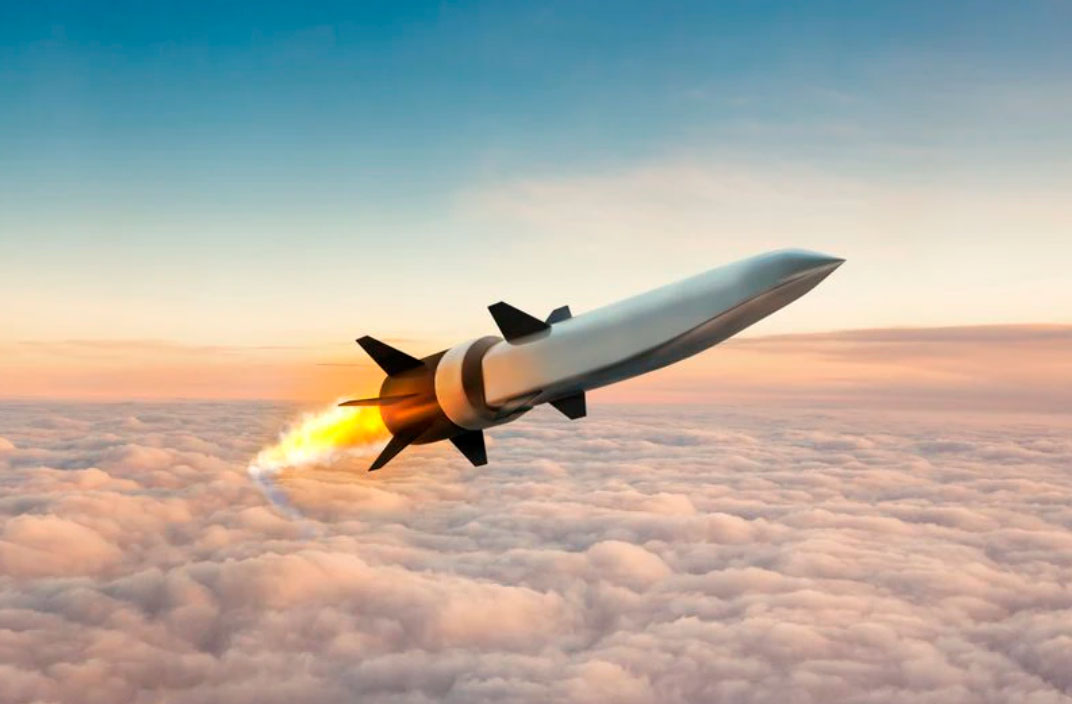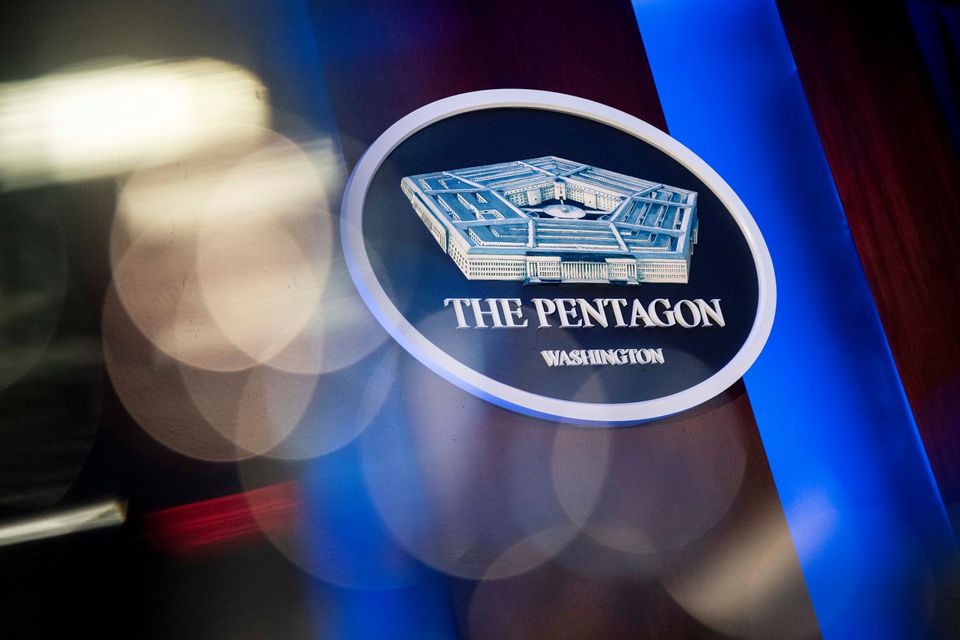Las principales potencias globales (EUA – China – Rusia), llevan adelante una verdadera carrera, por alcanzar en el corto plazo el despliegue operativo de los disruptivos sistemas de Armas Hipersónicas (HWS). En el caso de EUA, el desarrollo de HWS y de Sistemas de Defensa contra ellos (C-HWS), son prioridades que demandan enormes recursos presupuestarios. (Para el 2022 se prevén US$ 3800 Millones). Sin embargo, el Pentágono (DoD), ha requerido a las empresas contratadas (Lockheed Martin y Raytheon), que revean sus costos y los valores finales que tendrían los misiles en su etapa de producción futura, aspectos que podrían condicionar la continuidad de estos programas.
WASHINGTON, Oct 12 (Reuters) – The Pentagon wants defense contractors to cut the ultimate cost of hypersonic weapons, the head of research and development said on Tuesday, as the next generation of super-fast missiles being developed currently cost tens of millions per unit.
“We need to figure out how to drive towards more affordable hypersonics,” Under Secretary of Defense for Research and Engineering Heidi Shyu told reporters at the Association of United States Army conference in Washington. She said cost was something she “would like to help industry focus on.”
Currently, the U.S. uses cruise missiles which are mature technologies costing less than $5 million per unit to strike deep into enemy territory. But cruise missiles are inferior to hypersonic weapons because they have a shorter range, are far slower and more vulnerable to being detected and shot down.
Both Lockheed Martin (LMT.N) and Raytheon Technologies (RTX.N) are working on hypersonic weapons for the Pentagon.

The Pentagon’s budget request in the 2022 fiscal year for hypersonic research was $3.8 billion which was up from $3.2 billion they year before.
In September, the Defense Advanced Research Projects Agency successfully tested an air-breathing hypersonic weapon capable of speeds faster than five times the speed of sound. It was the first successful test of the class of weapon since 2013. read more
Hypersonic weapons travel in the upper atmosphere at speeds of more than five times the speed of sound, or about 6,200 kilometers (3,853 miles) per hour.
Shyu said “if things start to progress in success stories and as we start to buy more than onesies twosies the price curve will come down.”
In July, Russia said it had successfully tested a Tsirkon (Zircon) hypersonic cruise missile, a weapon President Vladimir Putin has touted as part of a new generation of missile systems without equal in the world. read more
Fuente: https://www.reuters.com


